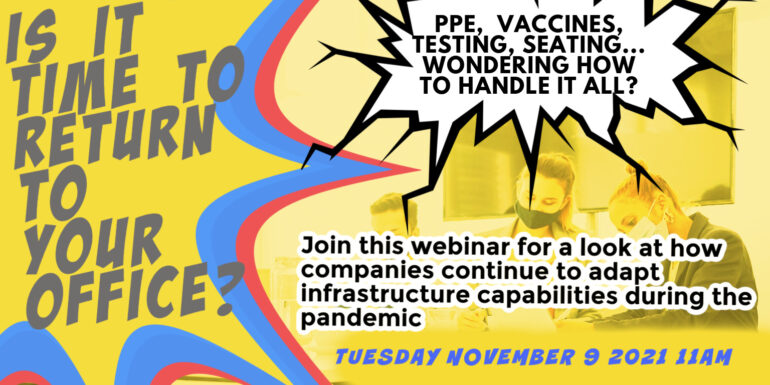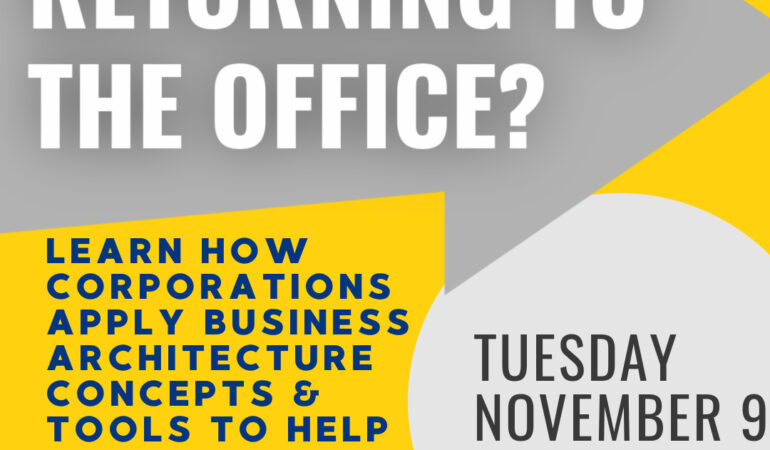Returning to “Normal” After the Pandemic
Sailing Out of the Pandemic Eye
How come returning to “normal” seems to be so much harder than pivoting to pandemic status?
First, I have to say, it has been awhile since I have heard anyone use the word “pivot”- in spring of 2020, I got tired of hearing it. Is the absence because we no longer need to pivot, or we have burned out from pivoting?
Second, I love metaphors, and water offers endless metaphors to use; this is warning that there are three metaphors ahead.
Now that we (The nation, Minnesota, my workplace, my family) have new guidelines for the “fully vaccinated,” I thought I would be leaving the choppy seas of the pandemic and would be heading into smooth sailing.
That is not the case.
Originally, I thought the strict rules BV (before vaccination) of pods and masks, cooking and eating at home every night, and social distancing were the storm. If I could survive that storm (that included the pivoting, the unknown, the weekly or daily changes from science on what to do to be safe), I would be doing the dance of joy once I was fully vaccinated.
Also, not the case.
I have come to believe that all of the “hard stuff” I just mentioned was not the choppy seas, but rather, the calm waters in the eye of the storm.
- I sailed through choppy seas to readjust my life to pandemic rules in spring of 2020 – and quite quickly – I might add.
- Then, I hung out and learned to live with the pandemic rules for a little over a year.
- And now…. Now I am trying to sail back into “normal,” and exiting out the other side of this storm is just as choppy – maybe choppier – than sailing into the pandemic!
I wrote an article a few months back on pandemic changes that would stick because I think many of us are still evaluating what we want to bring forward from the pandemic to define our new “normal.” While we may have some freedom to take our time on a personal level, our jobs may not be so patient.
In talking to the customers that IPD serves, many of you are in the midst of transitioning back to the workplace, or planning to transition back, or being told to transition back. Some of us will never have to transition back (My department is on this list, but not my organization). The anecdotal evidence I have from those conversations is that the transition to return to work is much harder than the transition to work from home.
This is curious as we often find “rip off the band aid” change to be jarring and chaotic, yet in March of 2020 all aspects of our lives made the transition to pandemic rules: schools, workplaces, healthcare, government services, banks, restaurants, grocery stores. And, while there were pockets of logistical nightmares, many made changes (mainly with IT) to meet needs in a just a few weeks; when prior to the pandemic, those changes had been discussed or creeping forward for years!
Perhaps sailing out of the eye of the pandemic storm is so difficult because we have some freedom of choice back. On the way in, the course was determined for us by government and science recommendations, but now we are back to everyone being “captain of their own ship,” and getting our fleet (whether friends, family, or coworkers) to all chart the same course is difficult.
My solution to almost every problem I experienced during the pandemic was to give people grace, and my strategy for sailing the choppy waters from pandemic to new normal will remain to give people grace. For those in leadership roles, checkout the “Return-to-Work Phobia” article for how to provide grace in the workplace.
“Ahoy!”
Beth Schaefer,
IPD Director









